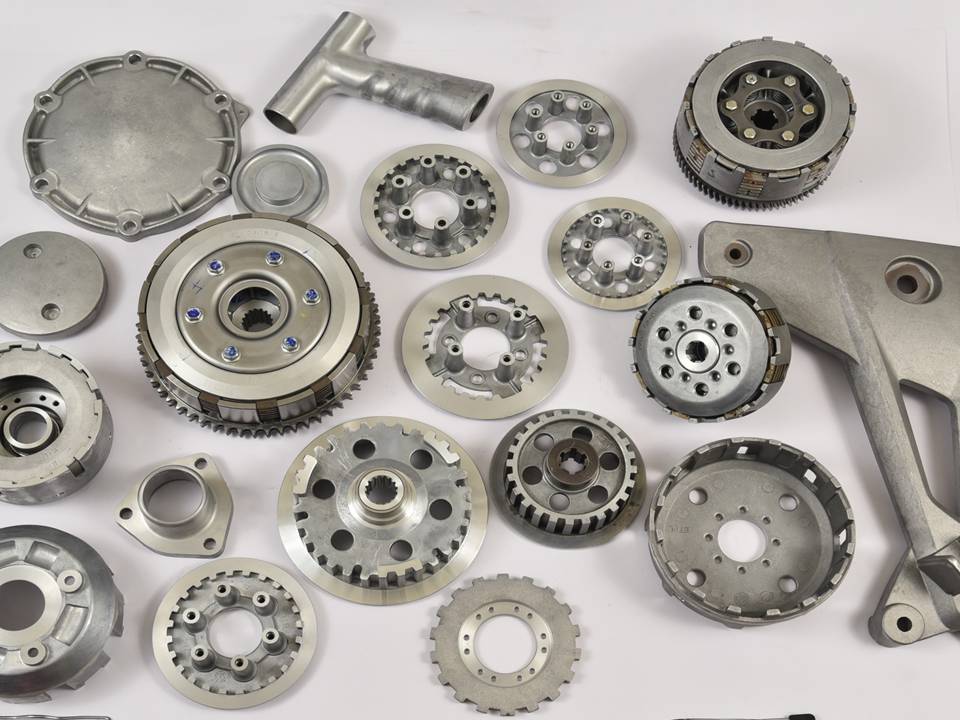Understanding Diecasting: The Course of and Its Purposes
Understanding Diecasting: The Course of and Its Purposes
Blog Article
Diecasting is one of the most important processes that is used in manufacturing today, and plays an integral role in creating sophisticated metal parts with precision and efficacy. It involves pushing hot metal into a mold cavity, creating parts with superior dimensional accuracy as well as excellent quality surface finishes. With the development of industries and the demand for premium components expands, diecasting will continue to show its merits, particularly in sectors requiring mass production of intricate parts. This article focuses on the process of diecasting along with its pros and cons, various material options, as well as its numerous use across different sectors.
Diecasting starts by creating a mold, known as a die, which is constructed of steel hardened that can withstand extreme pressure and temperatures. When the mold is made, metal alloys such as aluminum, zinc, magnesium, or copper, are heated until they turn molten. The molten material is injected into the die at extreme pressure. This ensures that it fills all parts of the mold, which includes detailed sections and thin walls. The pressure is maintained until the metal solidifies, at which point the die opens, and then the newly formed part is ejected. The high pressure method guarantees that the final product is precise and requires no any additional finishing or machining.
One of the biggest advantages of diecasting is the ability to produce mass quantities. Once the dies are fabricated the dies can then be utilized to create thousands of identical parts with minimal variation. This degree of precision is necessary for all industries that require large volumes of consistent components. In addition, diecasting is renowned as a material that is efficient. This process produces very little scrap, because any excess metal is re-usable for subsequent casting cycles. This reduces not just cost of materials but also helps to promote green manufacturing methods by reducing the use of resources and reducing waste. A combination of productivity, speed of production of the material, and high efficiency make diecasting an attractive option that manufacturers are looking to enhance their processes for production.
The versatility of diecasting is evident in its widespread application across a variety of sectors. In the automotive industry such as the automotive industry, diecast parts are fundamental in manufacturing engine components as well as transmission housings and other structural components. The components are benefited by the strength and durability provided durch diecasting, as being able to create light parts that boost the efficiency of fuel. For aerospace it is essential to have high-strength and lightweight parts is essential as is diecasting's high-quality and durability required for such demanding applications. Electronics for consumer use also depend heavily upon diecasting for the production of sturdy and exact housings and internal components to ensure the reliability and longevity of devices. Medical, telecommunications as well as power tools industry highlight the numerous applications and value of diecasting in the modern world of manufacturing. To get supplementary details please head to https://www.senadiecasting.com.my/
The diecasting material used play a crucial role in the final properties and functionality of the finished product. Aluminum is one of the most popular materials used because of its superior strength-to-weight ratio, resistance to corrosion, and excellent thermal and electrical conductivity. Zinc alloys are also well-known with their high quality, durability, as well as the capability to create parts with intricate particulars. Magnesium alloys provide the advantage of being the lightest steel, which makes them the ideal choice for any application where weight reduction is critical. Copper alloys are not as popular, are utilized because of their outstanding electrical conductivity as well as their resistance to corrosion. The decision to select a material rests on the specific requirements of the project, which includes their mechanical properties, the climate conditions, as well as cost issues.
Diecasting is a highly sophisticated manufacturing technique that blends accuracy, precision as well as versatility. Its ability to produce sophisticated, high-end components that have exceptional mechanical properties makes it vital in numerous sectors. Diecasting's efficacy as a mass-production process, coupled with the material and cost advantages, demonstrates its significance for modern manufacturing. As industries continue to demand high-performance and reliable components and components, diecasting will continue to be a key technology driving forward the development of high-quality products that can meet the constantly changing demands of the market. Through its continued advancement and use diecasting illustrates the interplay of excellence in engineering and manufacturing capabilities.